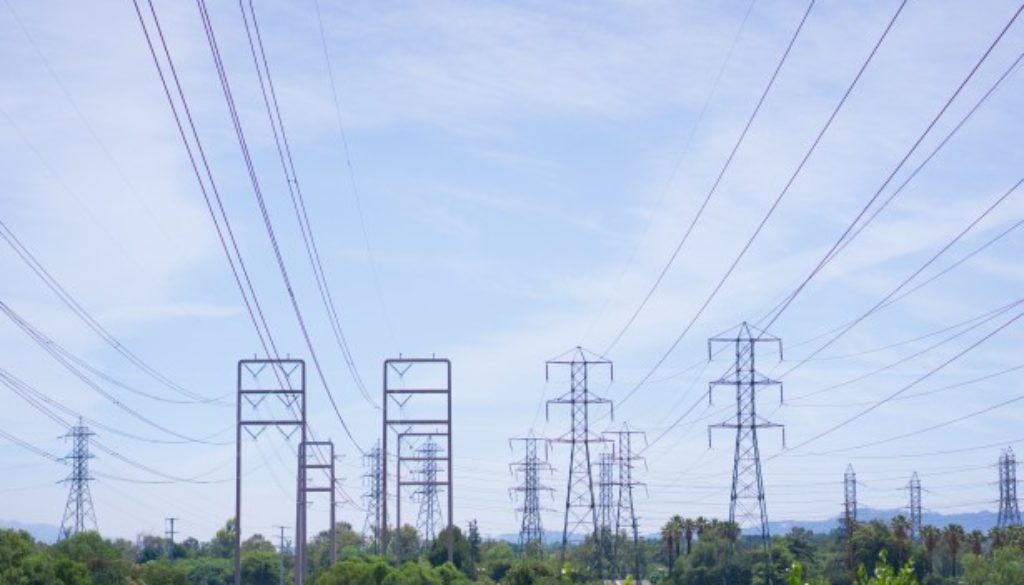The White House Gets It Right: Climbing to Energy Efficiency for All
By Deron Lovaas, Natural Resources Defense Council
One of the challenges facing America as we get serious about tackling carbon pollution from power plants is our wasteful housing stock. Energy efficiency upgrades driven by policies promoted by the Obama Administration are making a dent in this problem, though there is a long way to go.
Just take a look at apartment buildings. According to the National Multifamily Housing Council there are about 35 million renters of buildings with 5 or more homes in the U.S., accounting for 35 percent of residents. These renters spend $30 billion on energy expenses each year, or 13 percent of nationwide spending on home energy needs. Energy expenditures per square foot in rented multifamily apartments are 38 percent higher than in owner-occupied single-family detached homes.
This is especially burdensome for those with limited incomes, where as a percentage of income the utility bills can be 10x higher than for higher-income households. And we are all in this housing market together. Today’s renters can be tomorrow’s buyers, so if you own a single family home in the long run the financial health of these households should matter to you too.
Fortunately, thanks to some new initiatives announced in a new Obama Administration fact sheet, we’re taking important steps to address this national threat. I’m proud that Energy Efficiency for All, a partnership project driven by four national groups with support from the JPB Foundation, is included in the list. Through this project, we’re collaborating with state officials, utilities, property owners and managers, tenants and advocates to improve the energy efficiency of multifamily housing stock. A study we commissioned found that in 8 of the states where we’ve been focusing our efforts there’s huge untapped potential to save energy – as much as 32 percent for electricity and 24 percent for natural gas – with a return on investment of $2.90-$3.50 for every dollar invested. For more information on that study, see my colleague Raya Salter’s blog entry here.
Two of the states where we focus our efforts are worth highlighting here: Maryland and Virginia. These states neighboring our nation’s capital have recently become beacons of public and private sector leadership in reducing energy costs for renters. In Virginia, the state’s largest utility Dominion Power just launched a $57 million pilot program to upgrade both single- and multifamily homes in its service area. We’re part of a coalition advising Dominion on this exciting new initiative, as I wrote about here.
And then there’s my home state of Maryland, whose Public Service Commission recently ordered a historic order on energy efficiency that includes substantial policy moves that will drive out energy waste in apartments statewide. NRDC and a coalition of advocates were also advisers to this policy advance, which I spoke about that here and here. Brendon Baatz of the American Council for an Energy-Efficient Economy (ACEEE) wrote a good blog entry about it here. And ACEEE’s contributions to improvements in multifamily housing energy efficiency are another noteworthy portion of this new fact sheet, including providing technical assistance to localities, states and utilities as well as publishing a best practices guide. I look forward to working with staff there on those projects.
A big, new effort unveiled in this announcement is the creation of a new interagency task force to “promote a clean energy future for all Americans,” which will help shape the new Clean Energy Incentive Program (CEIP) under the new Clean Power Plan. As described, “the CEIP is a voluntary ‘matching fund’ program that states can use to incentivize early investment in eligible wind and solar projects, as well as demand-side energy efficiency projects, including those that are implemented in low-income communities.” This important new program should drive more energy-energy efficiency upgrades of our multifamily building stock, and we stand ready and able to provide advice, analysis and evidence of the best means for achieving that end.
The simple truth is that apartment owners and dwellers face disproportionately high energy costs, and trumping them by ramping up efficiency investments will make our homes and the planet healthier and safer. This fact sheet offers some hope for multifamily housing, and there’s room for much more local, state and utility leadership. Let’s get to work!

